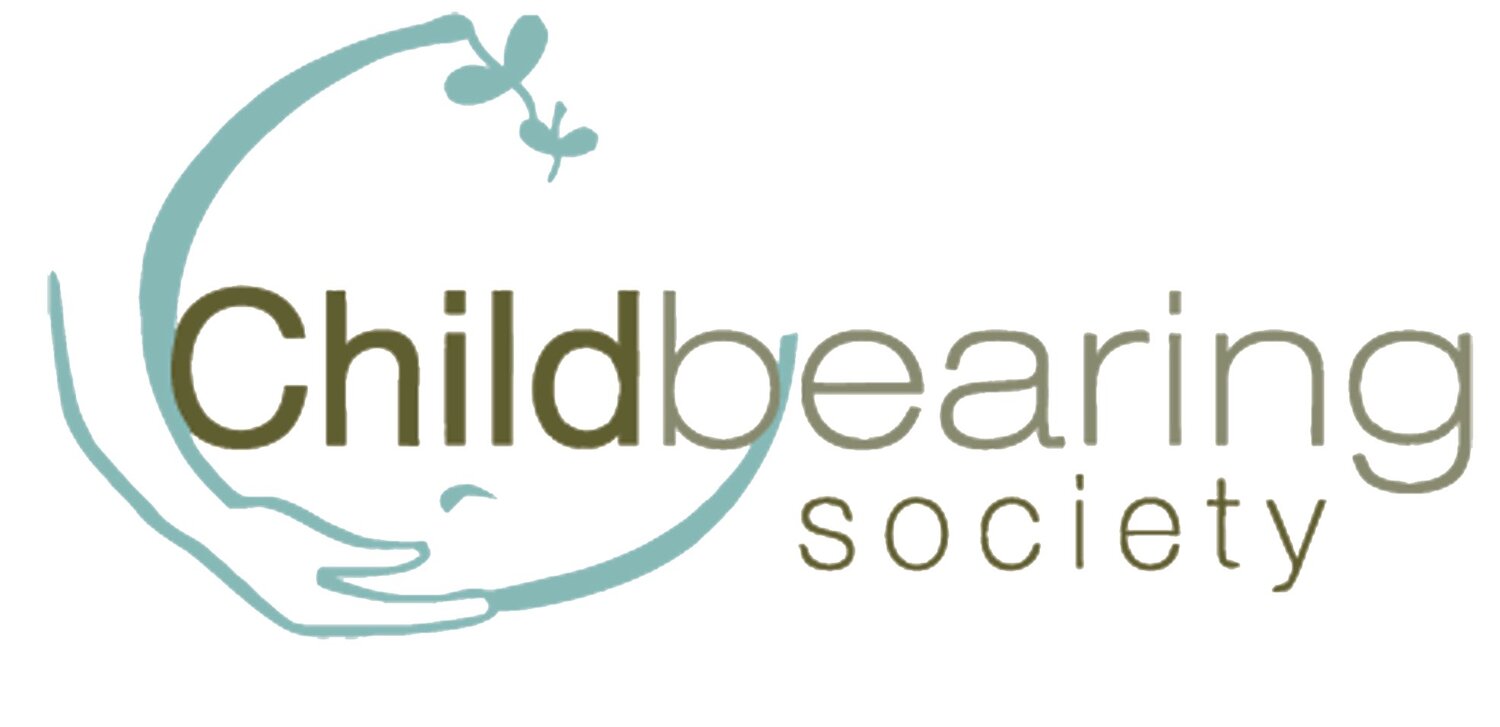Diaper Free!
What would you say if you told you that I never had to potty train my children? That from when they were six months old, I could probably count on one hand how many poopy diapers I had to change?
Most people’s responses to this, range from inspiration to disbelief, followed often by the question “how?” My answer is Elimination Communication.
Elimination Communication (EC) for me, is understanding the cues that newborn babies are born with to let their parent or caregiver know that they are about to eliminate, to pee or poop. Newborns are born knowing when they need to eliminate. If as caregivers we respond to their cues by offering them the chance to eliminate in a potty or toilet, so they aren’t soiling themselves in a diaper, then the infant will continue to communicate their elimation needs. If their cue doesn’t get responded to, they stop and learn to rely on using diapers.
I first heard of EC when my oldest child was 6 weeks old at a Le Leche League meeting. The theory sounded great, so I did some research on how to actually try it. The first step is observing the baby to link together when they eliminate and what their cue is. For us, that involved having the baby naked, lying on their change pad with their cloth diaper laid under them.
My daughter would wiggle her hips, similar to the little “pee dance” that toddlers sometimes do, and make a “aahhh” sound. My son would pump his right leg and also make the “aahhh” sound. He would also flick his right leg when he had finished peeing!
The difference between EC-ing a baby and potty training a toddler is that with EC there should be no expectation for the child to hold until you can get them to a potty or toilet. They communicate through cues, mainly sounds and movements, just before they need to eliminate. As caregivers, we need to respond immediately. With potty training there is often the need or expectation for the child to have some control and maybe wait a little. Opinion varies on when is a healthy and natural time for a child to have muscle control, but around two years seems to be around the average age.
If I was ever unable to respond to their cue by taking them to the potty I would at least acknowledge verbally that I heard their cue.
By the time both my children were six months old, we were in a great rhythm. I was very familiar with their cues, and they knew to communicate with me because I responded. They would wear cloth diapers when we went out as back up and be diaper free at home.
Things went so well for us with EC that when we took our oldest child backpacking for six months round Eastern Asia, from when she was six – twelve months old, we only needed to take ten cloth diaper with us, which I hand washed as needed. It was very exciting to witness EC still being practiced in parts of China that we visited. http://www.charlotterwatson.com/blog/backpacking-with-baby
As the children became more independently mobile they were able to take themselves to the potty at home by themselves. This was fairly reliable by the time they were twelve months, and just continued gradually as they grew to being toddlers. Until one day I realized that they were probably nearly completely independent with their toilet needs, and I could mentally check the “toilet trained” box without us having to decide when to start or go through conventional potty training.
About the Author:
Charlotte Watson, mother of two, is an EFT (Emotional Freedom Techniques) Practitioner who supports parents who are stressed, overwhelmed and struggling to be able to parent with more confidence and clarity. www.charlotterwatson.com. She also regularly shares her insights on EC as a guest speaker with The Childbearing Society’s postpartum classes.
